Samsung Galaxy Tab S8 Ultra vs. Tab S7 Plus: Should you upgrade?
Ultra vs Plus: Did Samsung pack enough power in its latest tablet to warrant an upgrade?
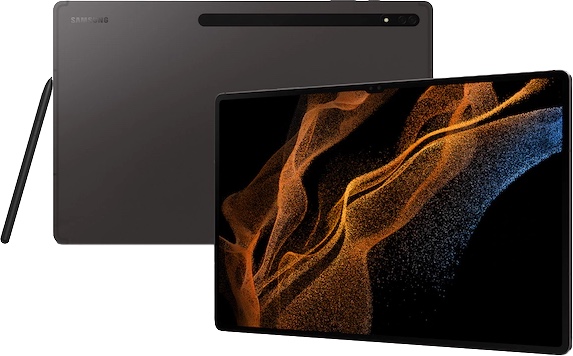
Biggest Galaxy Tab ever
Not only does the Galaxy Tab S8 Ultra come in as the most powerful Android tablet, but its massive display is sublime. Between flagship performance, dual selfie cameras, and a design that isn't too heavy, the Tab S8 Ultra hits on the needs of almost everyone.
+ 2022 flagship performance
+ Stronger, scratch-resistant metal
+ Dual-selfie cameras for better video calls
+ Improved Wi-Fi and Bluetooth
+ Android 16 / security through 2027
- Expensive
- Keyboard Cover is overpriced
- RAM is determined by storage configuration
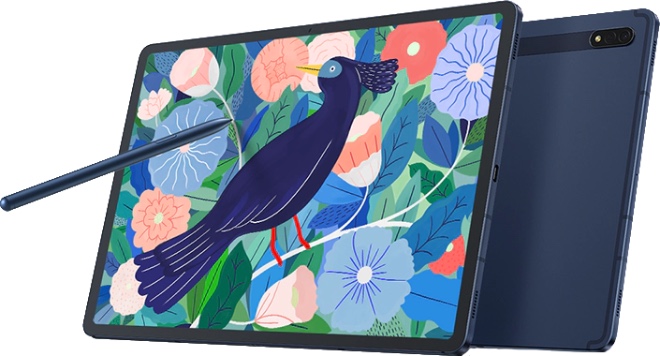
It's time for a regime change
For years, the Galaxy Tab S7 Plus has performed admirably as Samsung's best flagship tablet. But aging hardware and limited software releases are going to hold this back in the years to come.
+ Can regularly be found on sale
+ The industrial design still holds up
+ Not as large as the Ultra
- Only one major Android OS update remaining (Android 13)
In the Android tablet space, Samsung is heads above the rest of the pack. The company consistently delivers fantastic hardware with enough software tweaks to make Android apps actually usable. Its arrival was a bit overdue, but Samsung has finally updated its flagship Galaxy Tab lineup. So chances are, you're likely wondering whether you should upgrade when deciding between the Galaxy Tab S8 Ultra vs. Tab S7 Plus.
Samsung Galaxy Tab S8 Ultra vs Tab S7 Plus: Design
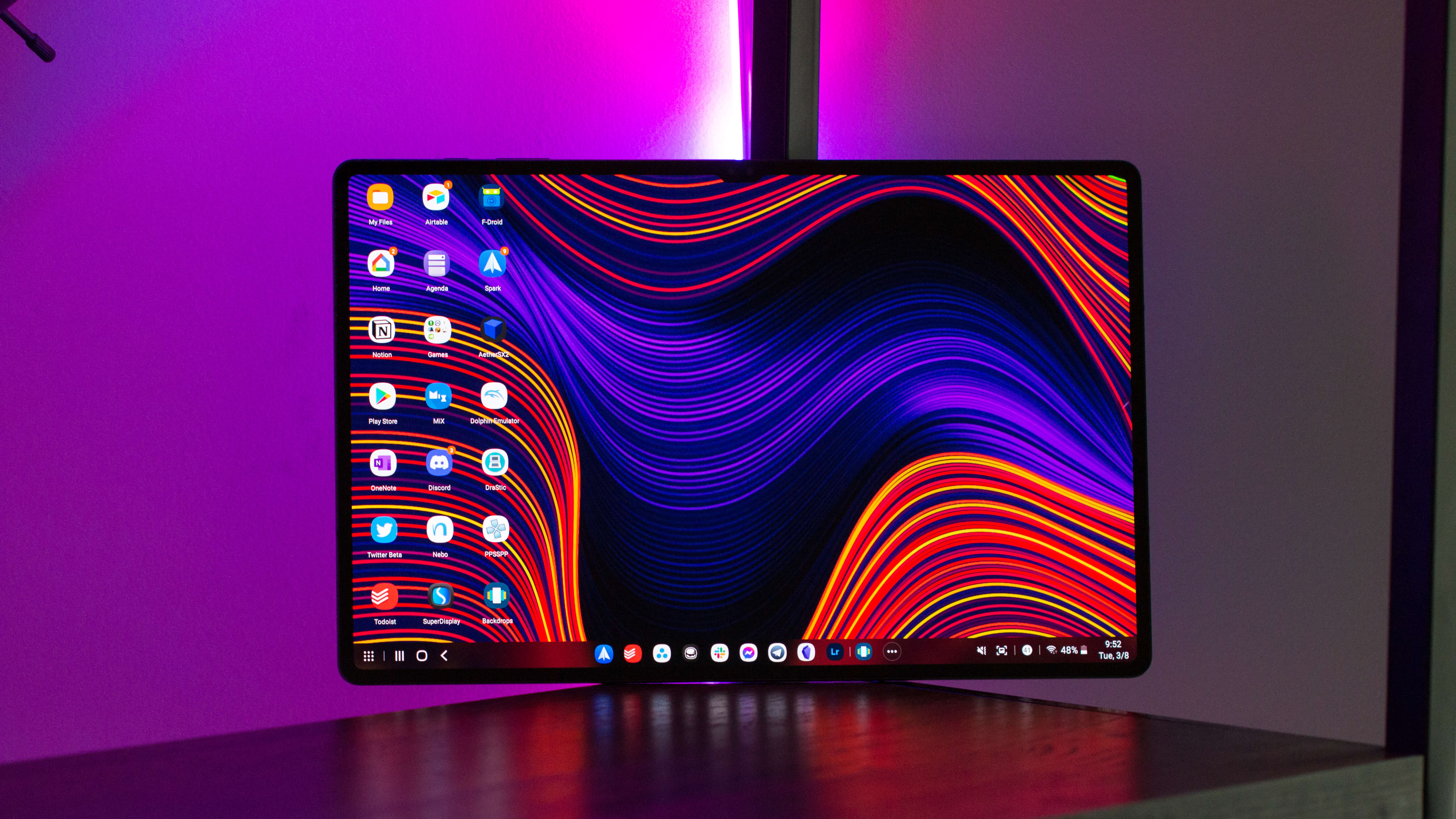
Industrial design is Samsung's bread and butter, with only Apple being able to compete on the same level in the mobile space. That trend continued with the Galaxy Tab S7 Plus back in 2020, and it's even more apparent now in 2022 with the Tab S8 Ultra. But 2022 also marked the first time that Samsung released an "Ultra" tablet and added a third option to the lineup.
What helps the Galaxy Tab S8 Ultra stand out from the pack is simply its size. The display measures in at a whopping 14.6-inches while still sporting a Super AMOLED panel capable of offering a 120Hz variable refresh rate. Those who have been wanting a laptop-sized tablet have had their prayers answered with the Tab S8 Ultra.

Initially, you might think that this means the Tab S8 Ultra is going to be comically large, but that's simply not the case. In fact, if you compare the width of the Tab S8 Ultra vs Tab S7 Plus, they are identical at just 0.22-inches. Samsung being able to cram all of this flagship-level hardware into a slim chassis is part of why the Tab S8 Ultra is so impressive.
Going back to the display, the days of Samsung making fun of Apple for a notch are now a thing of the past. That's because the Tab S8 Ultra ditches the uniform bezel found in the likes of the Tab S7 Plus to house a dual-selfie camera system. There are two 12MP sensors embedded in the notch, one of which is a wide-angle lens, and the other is an ultra-wide camera.
Samsung Galaxy Tab S8 Ultra vs Tab S7 Plus: Features
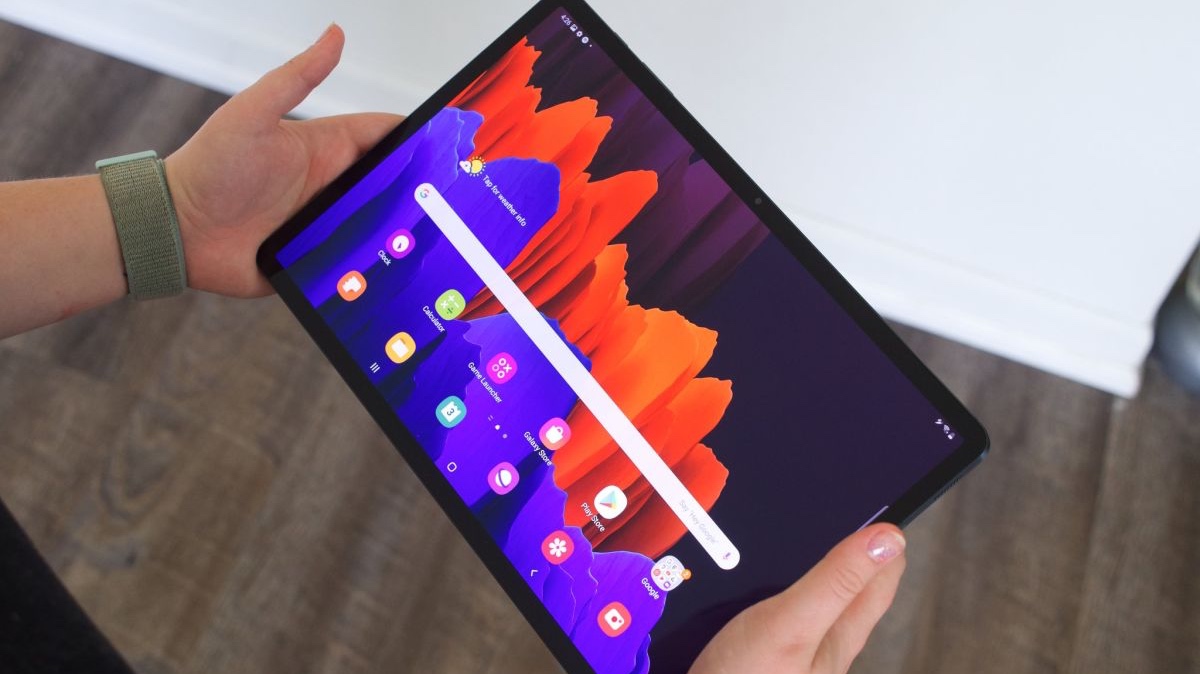
With a few exceptions, comparing the Tab S8 Ultra vs. Tab S7 Plus from a software perspective might feel a bit futile. They are both running Samsung's One UI 4.1 skin courtesy of Android 12, which brings a few new features in its own right, such as Smart Calendar and a bit of Material You color picking.
And as you would expect, you can use Samsung DeX with either of these tablets, providing a desktop-like experience for better multitasking. That's not to say that you can't use Samsung's Multi Window mode, but DeX introduces resizable windows, as you find on the best laptops. Samsung is also constantly implementing various tweaks to make the overall experience better, even if you have to dive into the Labs section of the Settings app to find the right toggles.
Get the latest news from Android Central, your trusted companion in the world of Android
So from a pure software experience, things are pretty much what you would expect, as many of these features are available across the board. But the Galaxy Tab S8 Ultra gains a substantial edge when it comes to software updates.

The Tab S7 series was released back in 2020 with Android 10 on board and should be receiving Android 13 sometime in 2022 after it's officially available. The Tab S8 Ultra, on the other hand, ships with Android 12, meaning that you'll be able to enjoy yearly OS updates all the way up to Android 15. Of course, the Tab S7 Plus is just a victim of circumstance here, but Samsung has committed to continued security updates for the next few years.
Keeping with tradition, Samsung continues to include its ever-popular S Pen in the box with the Tab S8 Ultra. However, this time around, the S Pen has been upgraded to provide even lower latency, coming in at just 2.8ms. That's quite an impressive improvement over the 9ms of latency you'll experience with the Tab S7 Plus.
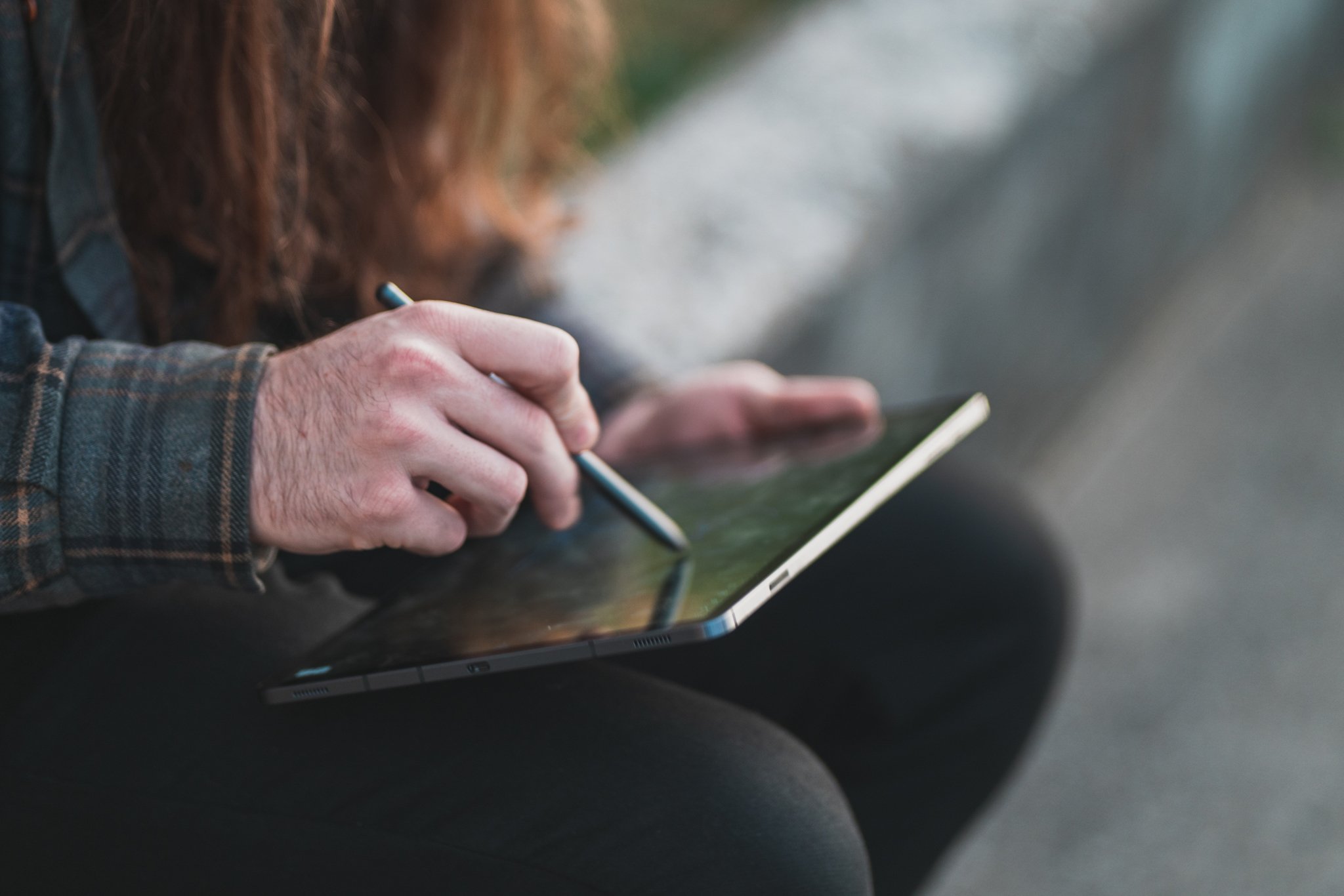
Just something else to make a note of if you're deciding whether to upgrade is the keyboard case. Samsung is essentially using the same design for the Keyboard Cover with the Tab S8 Ultra, as it did with the Tab S7 Plus. This means you'll have a backplate that magnetically attaches and sports a built-in kickstand. Then pogo pins will provide the connection between your tablet and the keyboard cover when you want to be a bit more productive.
Samsung was including this keyboard for those who pre-ordered the new Tab S8 Ultra, and for good reason. It retails for an eye-watering $349; meanwhile, the Tab S7 Plus' Keyboard cover is just $229. The Tab S8 Ultra's keyboard cover isn't all that impressive and definitely pales in comparison to Apple's Magic Keyboard. In our opinion, if you need a keyboard, you're better off looking elsewhere.
Samsung Galaxy Tab S8 Ultra vs Tab S7 Plus: Plenty of power
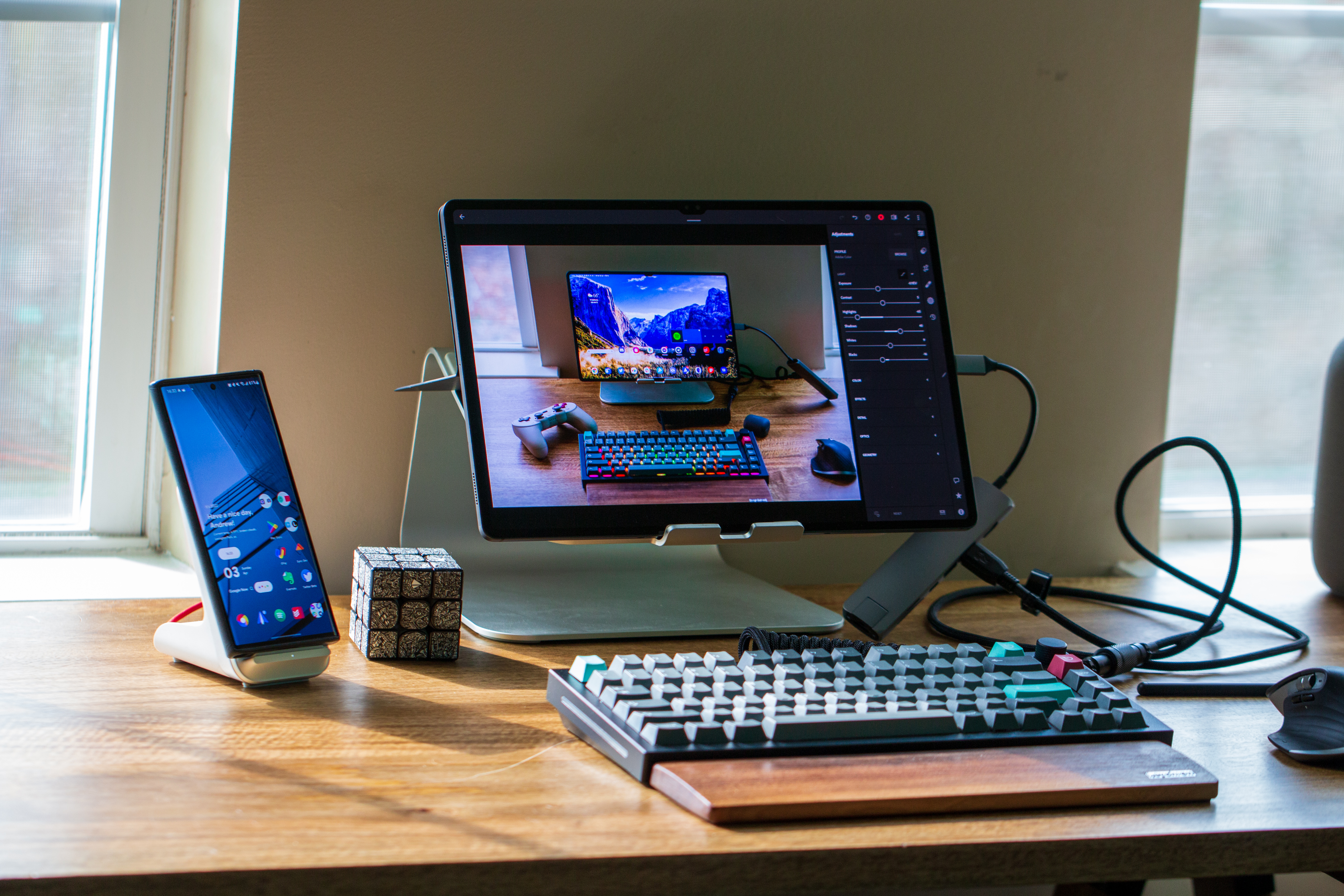
The best part about Samsung launching a new lineup of flagship tablets is that we usually get to enjoy the latest flagship processor. That's exactly what we're getting with the entire Tab S8 lineup, including the Ultra version. Powering this behemoth is the Snapdragon 8 Gen 1 SoC, the same chip as can be found in some of 2022's best Android phones, including the Galaxy S22 Ultra.
Paired with Qualcomm's absurdly-named processor is between 8GB and 16GB of RAM, along with storage options up to 512GB. There's a microSD card available if you find yourself wanting to install some games for your emulators, or if you just want to sit back and watch your personal library of movies on this massive display.
| Category | Samsung Galaxy Tab S8 Ultra | Samsung Galaxy Tab S7 Plus |
|---|---|---|
| Chipset | Qualcomm Snapdragon 8 Gen 1 | Qualcomm Snapdragon 865+ |
| First / last Android OS | Android 12 / Android 16 | Android 10 / Android 13 |
| Display | 14.6-inch Super AMOLED (120Hz) | 12.4-inch Super AMOLED (120Hz) |
| Row 3 - Cell 0 | 2960 x 1848, 420 nits | 2800 x 1752, 420 nits |
| Memory | 8-16GB | 6-8GB |
| Storage | 128GB, 256GB, or 512GB | 128GB, 256GB, or 512GB |
| Expandable Storage | Up to 1TB MicroSD slot | Up to 1TB MicroSD slot |
| Rear Camera(s) | 13MP AF + 6MP UW | 13MP AF + 5MP UW |
| Front Camera(s) | 12MP (wide) + 12MP (ultrawide) | 8MP (wide) |
| Battery / Charging | 11,200mAh Li-Ion w/ 45W Fast Charging | 10,090mAh Li-Ion with 45W Fast Charging |
| Audio | Quad AKG Speakers + Dolby Atmos | Quad AKG Speakers + Dolby Atmos |
| Biometrics | Face Unlock, under-display fingerprint sensor | Face Unlock, under-display fingerprint sensor |
| Connectivity | WiFi 6e, Bluetooth 5.2, 5G (Optional) | WiFi 6, Bluetooth 5.0, 5G (Optional) |
| S Pen | ✔️ (2.8ms latency) | ✔️ (9ms latency) |
| Dimensions | 12.85" x 8.21" x 0.22" | 11.22" x 7.28" x 0.22" |
| Weight | 1.60 lb | 1.27 lb |
| Colors | Graphite | Mystic Black, Mystic Navy |
On paper, the Tab S8 Ultra has a slightly-larger battery compared to the Tab S7 Plus, but it doesn't actually result in longer battery life. Instead, you'll still get around 10 hours of usage on a single charge, the same as the Tab S7 Plus. You can thank the larger screen and more power-hungry chipset for that. But at least Samsung is sticking with its 45W fast charging compatibility, with a catch.
As we've seen with various phone releases, Samsung is ditching the included charging brick. It's definitely a bit frustrating, especially for newcomers to the Android space, but there are some really great USB-C chargers available that will keep your Tab S8 Ultra topped off whenever you need it. And those who are considering upgrading from the Tab S7 Plus will be able to use the same charging brick, removing the need to actually pick up a new one.

We've covered pretty much all of the major differences for features that you might notice. But the Tab S8 Ultra also gains an edge with upgraded connectivity. Both of these tablets can be configured with a 5G cellular connection, but the Tab S8 Ultra features Wi-Fi 6E support along with an upgrade to Bluetooth 5.2 from 5.0.
The under-display fingerprint still works pretty reliably across the board, but you might find yourself wanting to set up Smart Lock if you don't want to constantly be reaching up to touch the screen. We still wish that Samsung opted for the Galaxy Z Fold 3 route, embedding the fingerprint scanner into the power button. But beggars can't be choosers, right?
Samsung Galaxy Tab S8 Ultra vs Tab S7 Plus: Should you upgrade?

It's time to wrap this up in a nice little bow. If you're looking for a direct replacement for the Tab S7 Plus, then your best bet is the Tab S8 Plus. The design and dimensions are identical, while you get the advantages of a newer processor and software support until Android 15. But if you're looking for an upgrade in the truest sense of the word, we wouldn't hesitate to jump all over the Tab S8 Ultra.
Samsung's displays are the best in the business, and a 14-inch Super AMOLED panel with a 120Hz refresh rate is simply delightful. There are still some quirks when it comes to using Android apps on a tablet, but Google should be rectifying many of those concerns when Android 13 arrives later in 2022.
Both of these tablets are pretty great in their own right, but the Tab S8 Ultra offers an Android tablet experience that we haven't really seen before. The massive display is just too great to ignore and is easily the best Android tablet, provided that you have the budget.

Andrew Myrick is a Senior Editor at Android Central. He enjoys everything to do with technology, including tablets, smartphones, and everything in between. Perhaps his favorite past-time is collecting different headphones, even if they all end up in the same drawer.
